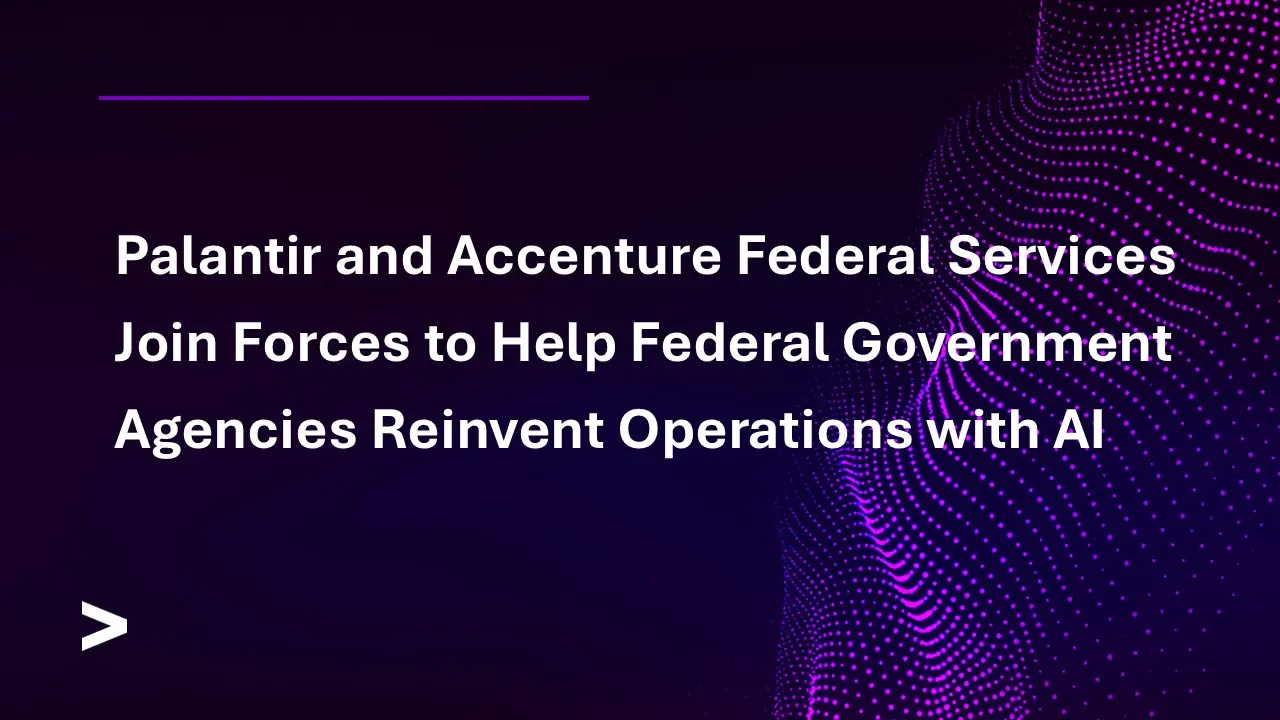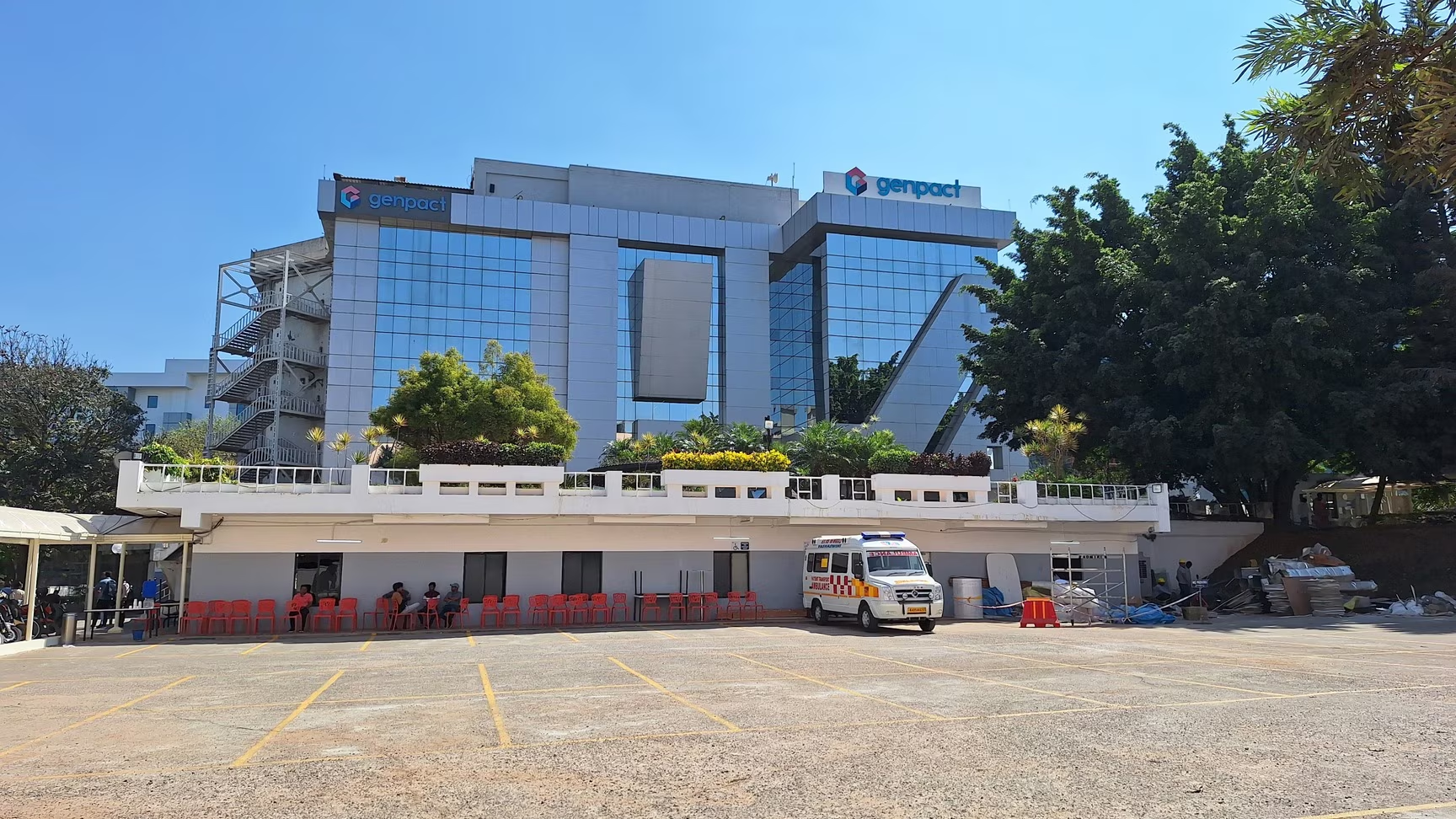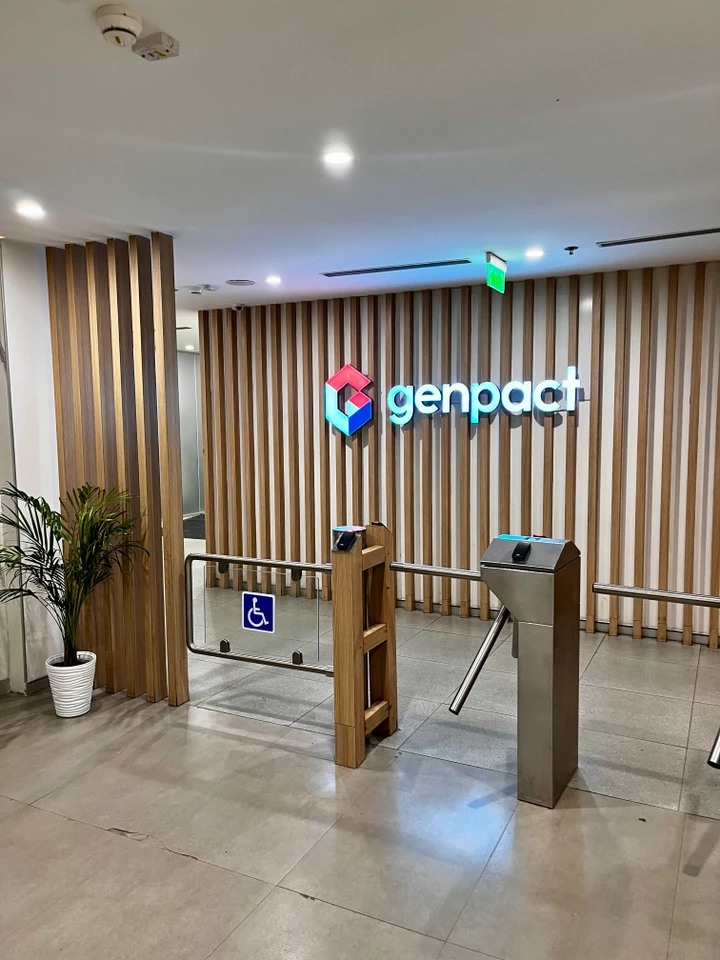Source: Accenture Newsroom
In a rapidly evolving digital landscape, AI-powered cyber threats are no longer a futuristic concern — they are a pressing reality in 2025. According to a recent Accenture report, only 1 in 10 organizations worldwide are adequately prepared to protect against AI-augmented cyberattacks.
🧠 What Are AI-Augmented Cyber Threats?
Artificial Intelligence (AI) is being weaponized by cybercriminals to launch more sophisticated, adaptive, and targeted attacks. These threats leverage AI to:
- Evade detection systems
- Mimic user behavior
- Automate phishing and social engineering
- Analyze large datasets to find vulnerabilities
As a result, traditional cybersecurity frameworks are becoming obsolete, leaving many organizations exposed.
📊 Accenture’s Key Findings
The Accenture study surveyed over 1,000 cybersecurity executives across industries and found:
- Only 9% of companies are fully prepared for AI-powered threats
- 64% lack visibility into AI-driven attack techniques
- 74% believe they need to reinvent their cybersecurity strategy
- Only 27% have AI-integrated security systems in place
This indicates a growing “AI readiness gap” — the divide between emerging cyber risks and the ability of organizations to defend against them.
🚨 Why This Is a Critical Concern in 2025
With the adoption of Generative AI, machine learning, and automated malware, attackers now have tools that evolve faster than defenses. In 2025, real-time threat detection powered by AI is no longer a luxury — it’s a necessity.
Cyber threats today can:
- Auto-adapt to evade detection
- Simulate human interaction for phishing
- Exploit zero-day vulnerabilities within minutes
- Scale across multiple targets with minimal human involvement
🛡️ What Organizations Must Do Now
To close the AI readiness gap, Accenture recommends the following:
- Invest in AI-powered cybersecurity tools like behavioral analytics, threat intelligence, and automated response systems.
- Upskill cybersecurity teams in AI concepts and adversarial tactics.
- Adopt a Zero Trust Architecture that assumes breach and verifies every access request.
- Integrate cybersecurity into every digital transformation initiative.
- Collaborate across ecosystems — from cloud providers to threat-sharing alliances.
✅ Final Thoughts
As AI reshapes the future of both innovation and threats, cybersecurity strategies must evolve just as fast. The 2025 Accenture study is a wake-up call: Being digitally advanced doesn’t guarantee security maturity. It’s time for organizations to act — not react — to the growing wave of AI-augmented cyber threats.
📌 Reference:
Accenture Newsroom. Only One in 10 Organizations Globally Are Ready to Protect Against AI-Augmented Cyber Threats (2025)







